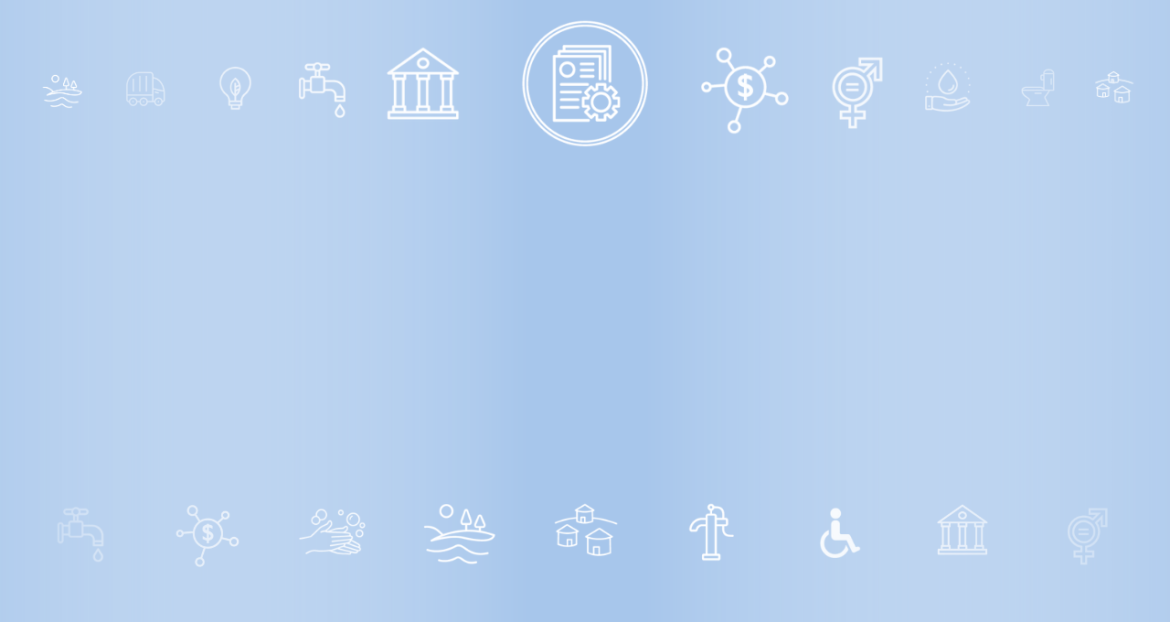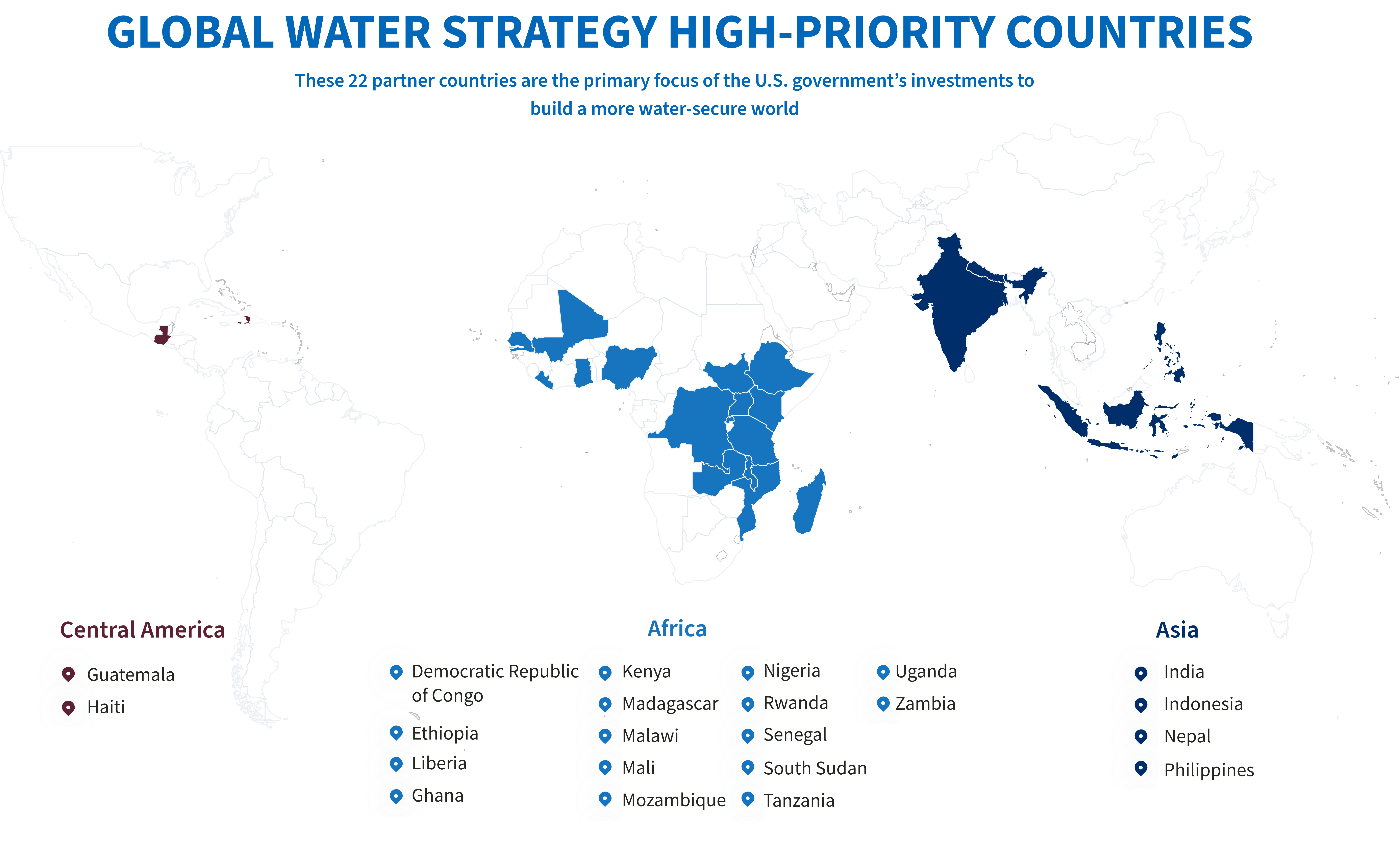Featured
The Water and Development Technical Series is a set of technical briefs that provide guidance on important topics for developing and implementing water and sanitation activities in support of the U.S. Government Global Water Strategy and USAID’s plan under the strategy.

USAID’s Demographic and Health Surveys (DHS) Program’s Local Data Mapping Tool allows users to explore and compare Admin 1 estimates, modeled Admin 2 estimates, and modeled estimates at a resolution of 5x5 km of key water, sanitation, and hygiene (WASH) indicators.
On World Water Day, USAID’s…
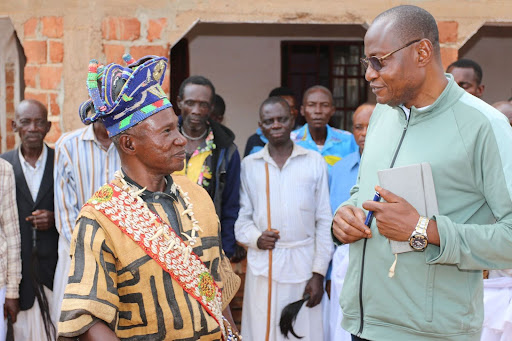
Sometimes, the strongest form of leadership is trying something new when the old way is not working.
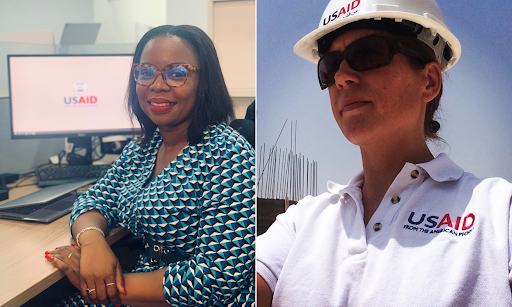
On this World Water Day, and every day, USAID champions its staff who work with local partners and communities around the world to increase sustainable access to water and sanitation, and strengthen water resources management. Each year, USAID recognizes the water security and sanitation leaders…
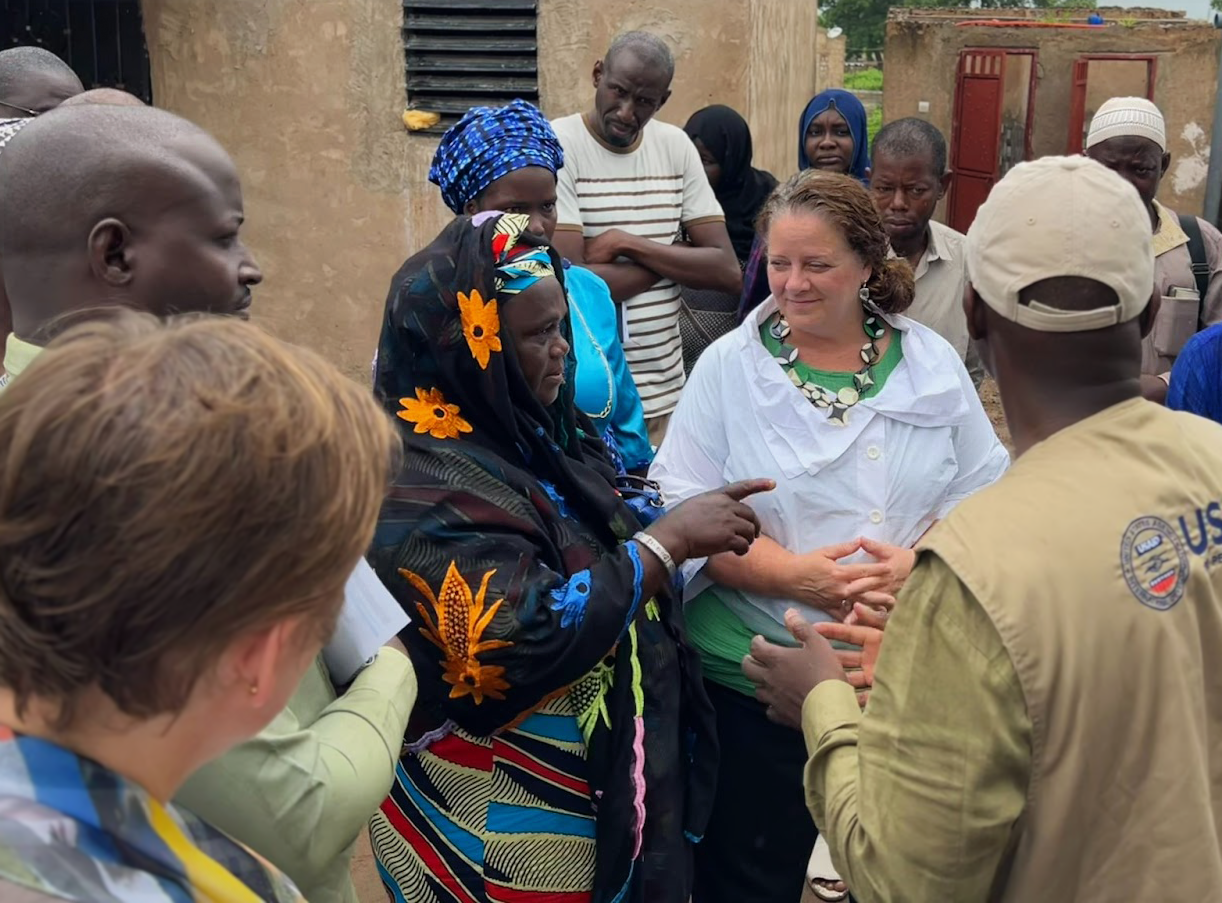
A seven-hour drive southeast of Dakar, the Tambacounda region of Senegal is the country’s largest region geographically, but also one of the most economically depressed and sparsely populated. Tambacounda residents are intimately familiar with the struggle to access water, given that temperatures…
Body


